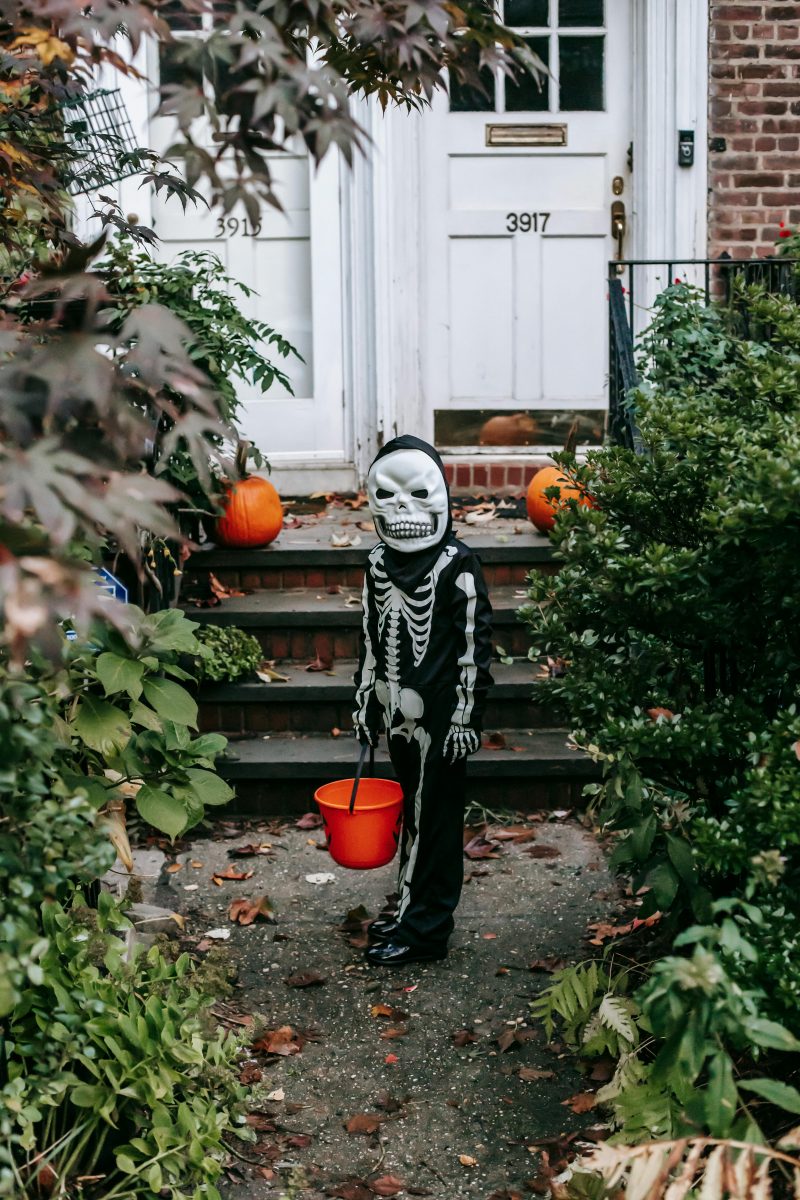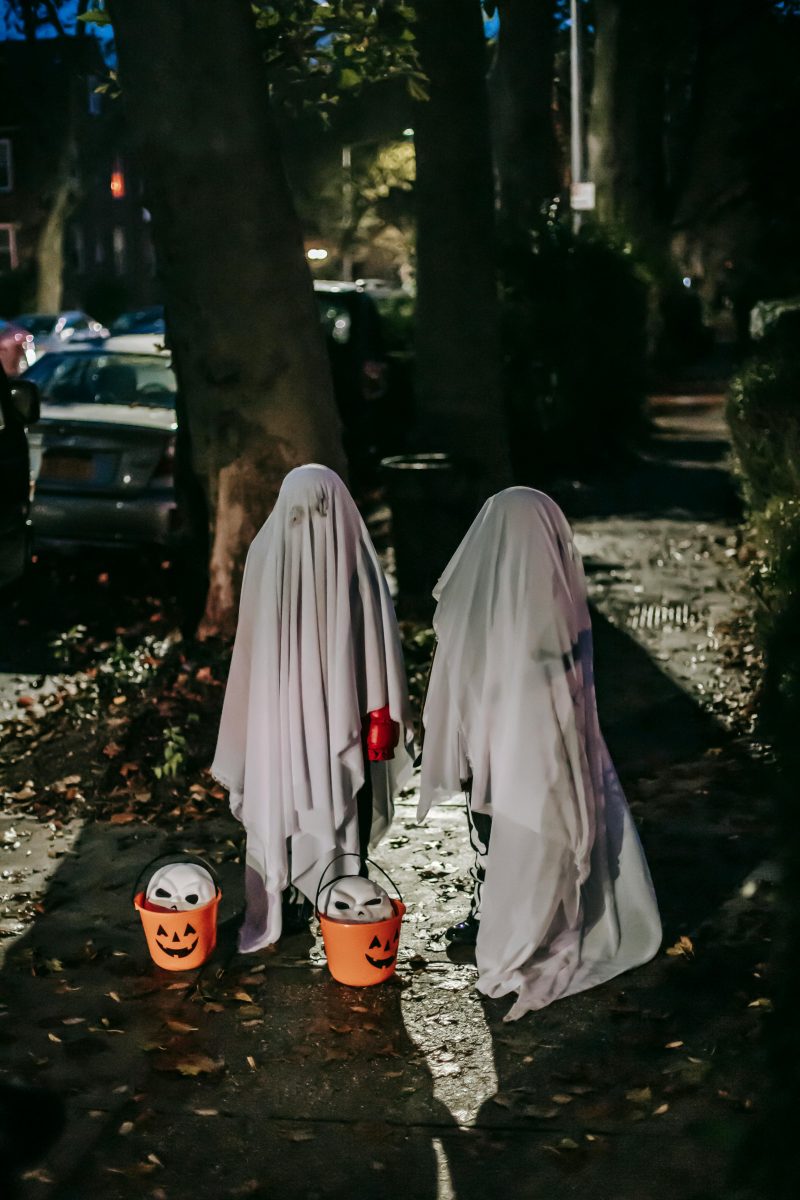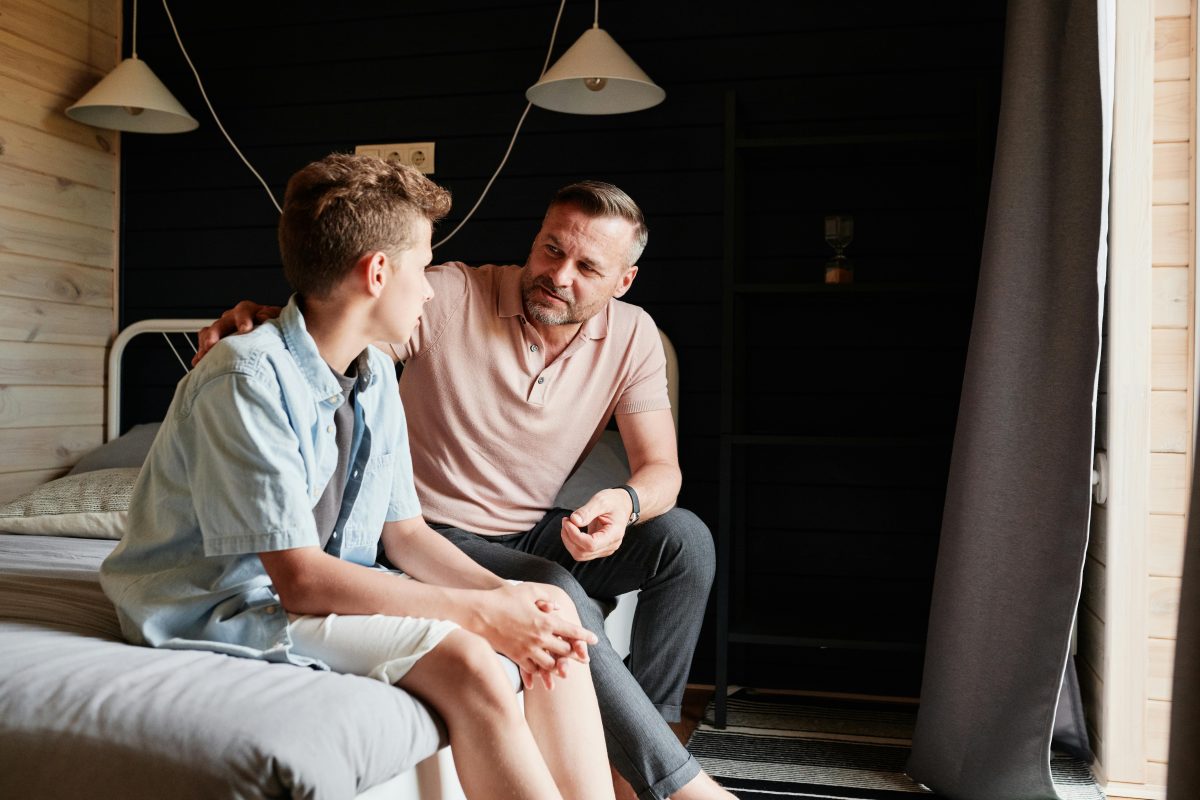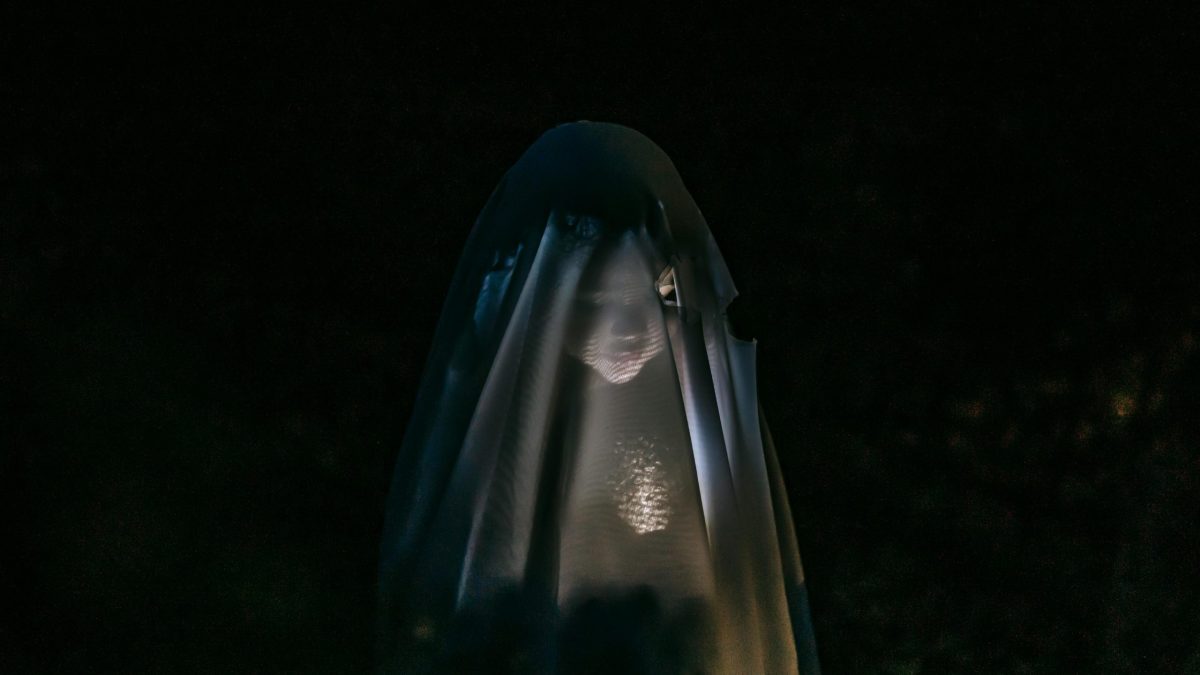A Brief Overview of Childhood Fears

As they become older, kids deal with a wide range of anxieties, from monsters under the bed to the huge, uncharted frontiers of their own imaginations. Despite being frequently disregarded, these anxieties are vital to their emotional growth. Early intervention not only promotes resilience but also lays the groundwork for security and trust. Of these, fear of the dark is one of the most important obstacles, representing a critical turning point in a child’s development to overcome anxiety.
It becomes clear that this specific anxiety is more than just a reluctance to turn out the lights as we go deeper into understanding it. The unknown, the invisible, and the secrets that darkness stands for interact in a complicated way. By concentrating on this fear, we open doors to help our kids overcome their anxieties and provide them the tools they need to face and overcome their own set of obstacles.
Deciphering the Apprehension of the Dark

A Psychological Viewpoint: The Reasons Behind a Common Fear of the Dark
Humans have a deep-seated fear of the dark because it serves as a blank canvas for the unknown. Our primary sense, vision, is compromised in the dark, leaving us feeling exposed to potential threats. Even though youngsters often experience this dread, it is a reflection of our innate tendency to exercise caution in situations when our existence may be at jeopardy. Not only is the lack of light unsettling, but also what can be hidden in the shadows.
From an Evolutionary Point of View: Shadows and the Unknown
From an evolutionary perspective, our predecessors saw darkness as a threat. Predators prowled during the night, and poor visibility raised the possibility of injury. This deep-rooted fear of the dark has been inherited by many generations, and it shows itself as an innate anxiety in kids. It serves as a survival mechanism, warning us of possible dangers that can be hiding in plain sight.
Imagination’s Part in Increasing Fears
Children have strong, vivid imaginations. A simple coat on a chair can become a scary figure in the dark, and shadows can come to life. This ability to conjure up different situations can make the dark a playground for imagined and actual worries. This interaction between the dark and the imagination might heighten anxiety by giving the impression that there are countless opportunities for terror during the night.
Knowing these viewpoints enables us to better understand why fear of the dark is not only prevalent but also a normal aspect of human growth. With the correct techniques, empathy, and patience, this anxiety may be addressed and lessened, helping kids get past their fears and into a position of security and confidence.
Indications That Your Kids May Be Fearful of the Dark

Early intervention for youngsters with a fear of the dark depends on identifying the warning symptoms. The initial clues are frequently behavioral cues. A kid may become too attached, especially when nighttime draws near, or clearly shun dim areas even during the day. An inability to fall asleep on one’s own, resistance to going to bed, or numerous late-night trips to the parents’ room might all be signs of dark phobia.
Nonverbal cues are just as informative. Fear reactions to poorly light spaces, nightmares, and vocalized dread about going to bed are prevalent. These emotional reactions might affect the child’s general wellbeing and range from slight fear to intense worry.
It is crucial to identify these symptoms as soon as possible. Early identification enables prompt assistance and intervention, assisting kids in overcoming their anxieties in a healthy manner. It creates the foundation for coping mechanisms that can last a lifetime by opening up discussions about fear, safety, and the imagination. Early resolution of these anxieties also improves the relationship between parents and children since it helps kids feel heard and supported when they are vulnerable.
- Behavioral Indications:
- Anxiety as bedtime draws near
- Steer clear of dim areas
- Having problems falling asleep by yourself
- Nighttime visits to the parents’ room on a regular basis
- Emotional Indications:
- Fear in situations with low lighting
- Horror Stories
- expressed worry about going to bed
To learn more about assisting your child in overcoming their concerns, visit the The Raising Children Network provides a plethora of information and professional guidance specific to the Australian environment.
Techniques to Assist Your Child in Getting Over Their Fear of the Dark

Establishing a secure and cozy nighttime routine is critical. Anxiety during the night can be greatly decreased by following a regular schedule that includes relaxing activities like reading or listening to peaceful music before bed. This consistency gives one a feeling of comfort and lessens the terror of the dark.
- Bravery is encouraged by positive reinforcement in conjunction with gradual exposure. Each night, begin by gently turning down the lights while honoring their bravery. Desensitization is a technique that helps kids gradually become used to the dark, which gradually lessens their dread.
- Having imagination is a two-edged sword. It might exacerbate anxieties, but it can also be used to fight them. Children can be empowered by being exposed to narratives that reinterpret the dark as a place of wonder, by utilizing night lights to reduce shadows, or by using water to create a “monster spray”. They are able to take charge thanks to these creative ideas, which transform anxiety into an adventure.
It’s critical to identify the point at which a fear of the dark becomes an anxiety disorder. If your child’s fear interferes with their everyday life or doesn’t go away even with your support, it’s best to get expert assistance. A psychologist can offer specialized techniques and encouragement to help your child face their fear head-on.
It takes more than simply the instant comfort that comes with darkness to overcome fear of it. It’s about giving kids coping skills they can use throughout their lives. By addressing these anxieties head-on, we impart creativity, fortitude, and the importance of rising to obstacles head-on. The night turns into a blank canvas for ideas and dreams rather than a period to be feared.
Talking About Fear: Parental Advice

The first step in overcoming your child’s fear of the dark is to have an honest and compassionate dialogue. It’s crucial to actively listen to them and acknowledge their emotions without brushing them off right away. By encouraging kids to talk in a safe environment, this strategy reaffirms that their worries are real and understood.
- Fostering bravery does not imply throwing people into the dark without any preparation. It’s more about striking a balance between empowerment and empathy. Let them know that you understand their anxieties and that you too have the strength to face them. This careful balancing encourages resilience and teaches kids how to face their concerns head-on.
- The pillars of this quest are consistency and patience. Resolving concerns takes patience and consistent reassurance; it doesn’t happen quickly. Regular assistance teaches kids that they’re not alone and progressively gives them the confidence to tackle their fears. This methodical approach establishes a foundation of security and trust that is essential to their emotional growth.
By using these techniques, parents may help their kids overcome their anxieties and move toward resilience and empowerment. Though difficult, the dread of the dark presents a chance for development and imparts important knowledge about bravery and the strength of conquering one’s concerns.
Concluding
Children who conquer the dark are more courageous. It’s a resilient path that turns fear into empowerment. With empathy, tolerance, and resourcefulness, parents can help their kids face the evening with courage. This method gives children coping mechanisms for life in addition to addressing their present anxieties. Let’s rise to the occasion and raise a generation that has the courage to transform their anxieties into hopes.
Understanding Your Child’s Fear of the Dark FAQs
Engaging in calming activities before bedtime, such as drawing, reading, or playing quiet games, can help reduce anxiety related to the dark. These activities distract from fearful thoughts and create a peaceful transition to sleep. Additionally, practicing relaxation techniques like deep breathing can also help soothe their fears.
Most children begin to outgrow their fear of the dark around the age of 7, when they start to understand the difference between reality and imagination more clearly. However, this can vary widely from child to child, with some outgrowing it earlier and others much later. It’s important to be patient and supportive, as pushing too hard can exacerbate the fear.
Reading bedtime stories can be a soothing way to help alleviate your child’s fear of the dark, as it distracts and calms their mind before sleep. Choose stories that are light-hearted and avoid themes that might fuel their fears. This routine can also strengthen your bond and provide a sense of security.
While a fear of the dark is common and typically not a sign of deeper issues, persistent and intense fear can sometimes indicate underlying anxiety. If your child’s fear significantly impacts their sleep or daily life, it may be worth consulting a pediatrician or child psychologist. They can help determine if there are additional factors contributing to the fear and suggest appropriate interventions.
Gradual exposure combined with comfort and reassurance is an effective method for overcoming fear of the dark. Start by using a nightlight or leaving the hallway light on, and slowly reduce the amount of light as your child becomes more comfortable. Encourage them to talk about their fears, and validate their feelings while providing reassurance that they are safe.
Start by listening to your child’s concerns without judgment, showing empathy and understanding towards their fear. Use simple, reassuring language to discuss the fear, emphasizing safety and the difference between real and imaginary. This approach helps validate their feelings while gently guiding them towards overcoming their fear.
Yes, it is normal for children to suddenly develop a fear of the dark, even if they haven’t shown fear before. This can be triggered by a stressful event, changes in the environment, or even developmental changes as they grow. It’s important to address this fear calmly and supportively, without dismissing their feelings.
Allowing your child to sleep with a nightlight or the hallway light on can be a temporary solution to help them feel safer. However, it’s beneficial to gradually wean them off this need by slowly dimming the light over time to help them adjust. This approach helps them build confidence and reduces their reliance on the light to feel secure.
Imagination plays a significant role in a child’s fear of the dark, as it can turn shadows and sounds into perceived threats. This is a normal part of child development, as their brains are wired to learn and explore, but it can also amplify fears. Encouraging creative play during the day can help children learn to control and understand their imaginations better.
Many children fear the dark due to their vivid imaginations and inability to distinguish reality from fantasy at a young age. In the dark, their senses are heightened, and their imaginations fill in the gaps, often with scary outcomes. This fear can be exacerbated by scary stories, movies, or even conversations they overhear during the day.

